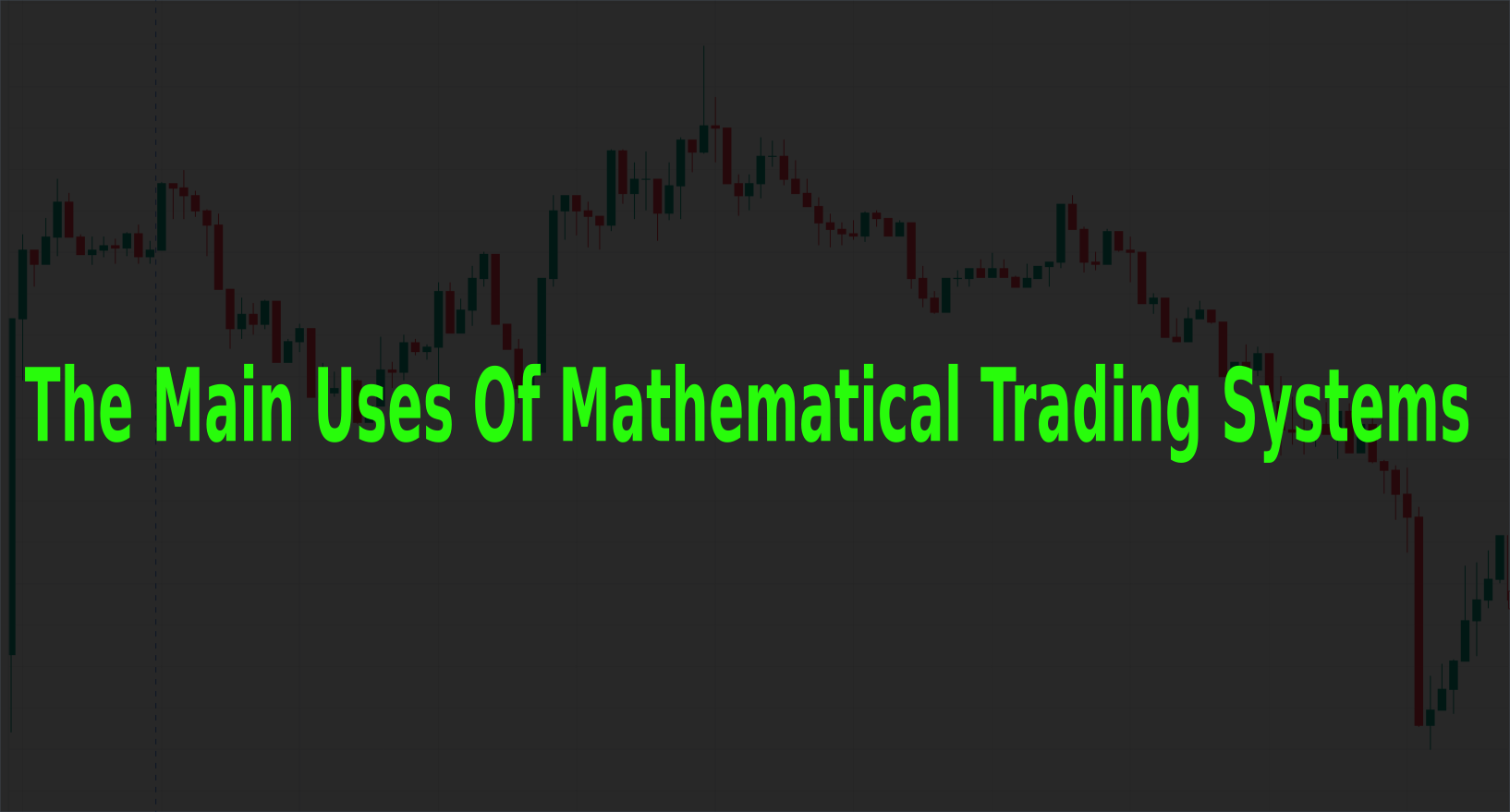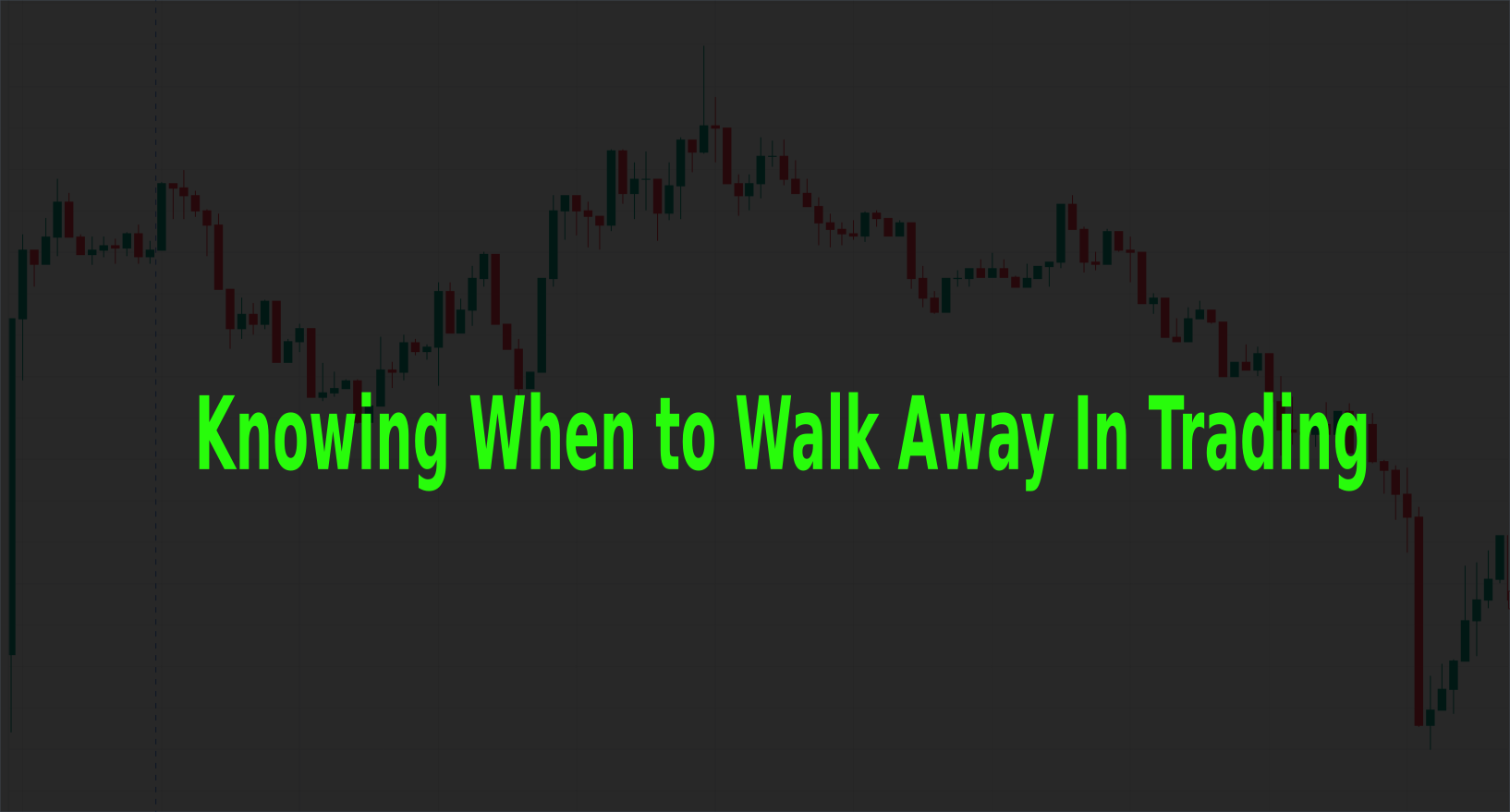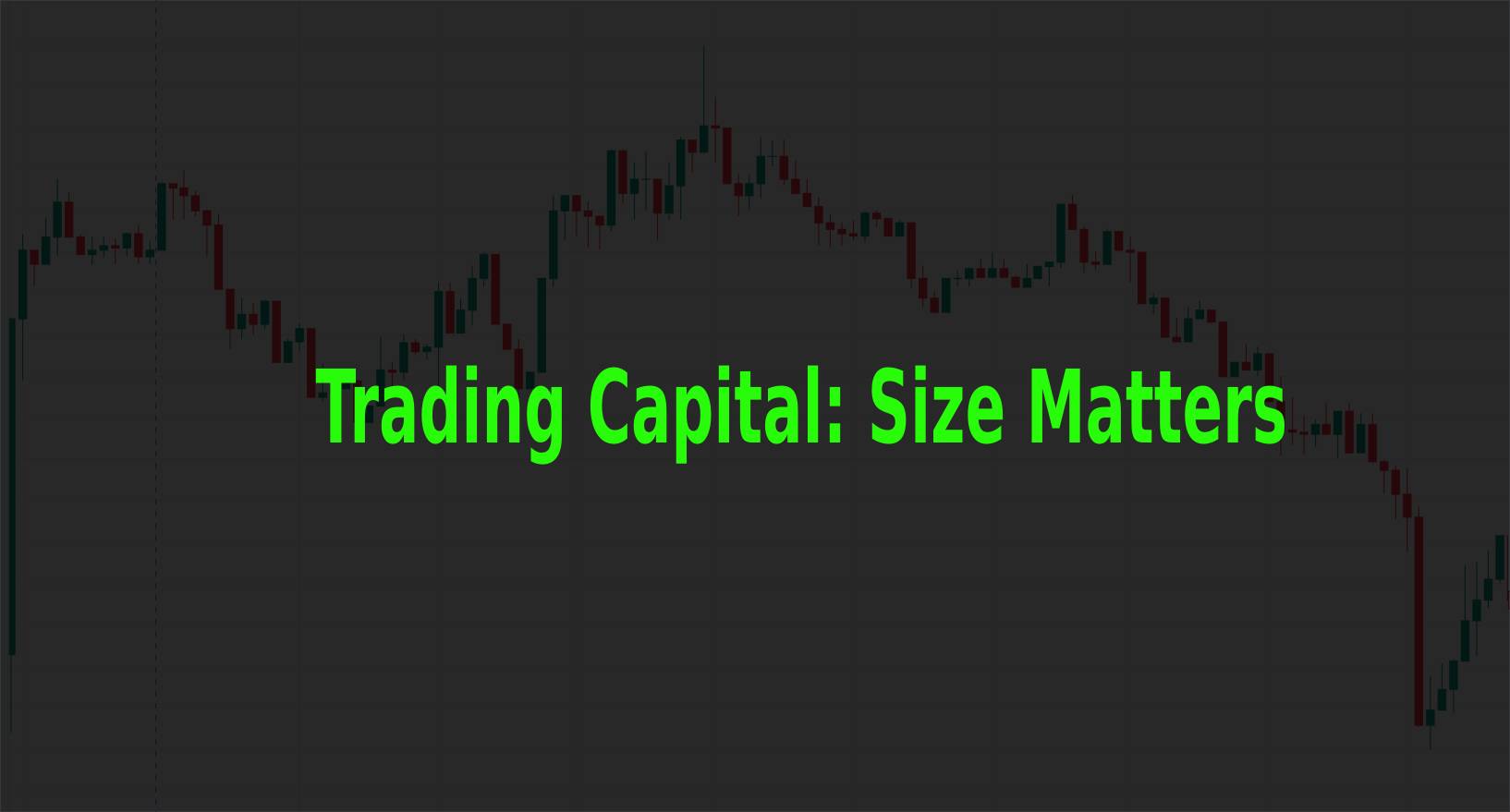
Mathematical trading systems are designed to assist traders and investors in making decisions related to buying, selling, and managing financial assets. These systems utilize mathematical models, algorithms, and statistical analysis to identify patterns, trends, and potential trading opportunities in the financial markets.
The Main Uses Of Mathematical Trading Systems
Mathematical trading systems generate trade signals based on predefined rules and parameters. These systems analyze market data, such as price movements, volume, and other technical indicators, to identify potential entry and exit points for trades. By automating the trade generation process, mathematical trading systems help traders overcome emotional biases and make objective decisions.
Effective risk management is crucial in trading. Mathematical trading systems incorporate risk management techniques, such as position sizing, stop-loss orders, and portfolio diversification, to control and mitigate potential losses. These systems provide traders with predefined risk parameters and help them manage their exposure to market volatility.
Mathematical trading systems allow traders to backtest their strategies using historical market data. By simulating trades and analyzing past performance, traders can evaluate the effectiveness and profitability of their strategies before risking real capital. Additionally, these systems enable traders to optimize their strategies by adjusting parameters and variables to maximize returns or minimize risk.
Mathematical trading systems excel in identifying and capturing trends in the financial markets. By analyzing historical and real-time market data, these systems can identify trends, such as uptrends, downtrends, or sideways movements. Traders can use this information to align their trades with the prevailing market direction and potentially profit from price movements.
Mathematical trading systems leverage quantitative analysis techniques to evaluate the statistical significance of trading signals and strategies. These systems can calculate various metrics, such as risk-reward ratios, win-loss ratios, and drawdowns, to assess the performance and robustness of a trading system. This quantitative analysis helps traders make data-driven decisions and evaluate the potential profitability of their strategies.
Mathematical trading systems can be programmed to automate the execution of trades based on predefined rules. This automation eliminates the need for manual intervention and allows for faster and more efficient trade execution. By automating trading processes, traders can take advantage of market opportunities around the clock and reduce the impact of human error.
In conclusion, the uses of mathematical trading systems encompass trade generation, risk management, backtesting and optimization, trend identification, quantitative analysis, and automation. These systems provide traders with valuable tools and insights to improve their trading decisions and potentially enhance their profitability in the financial markets.

